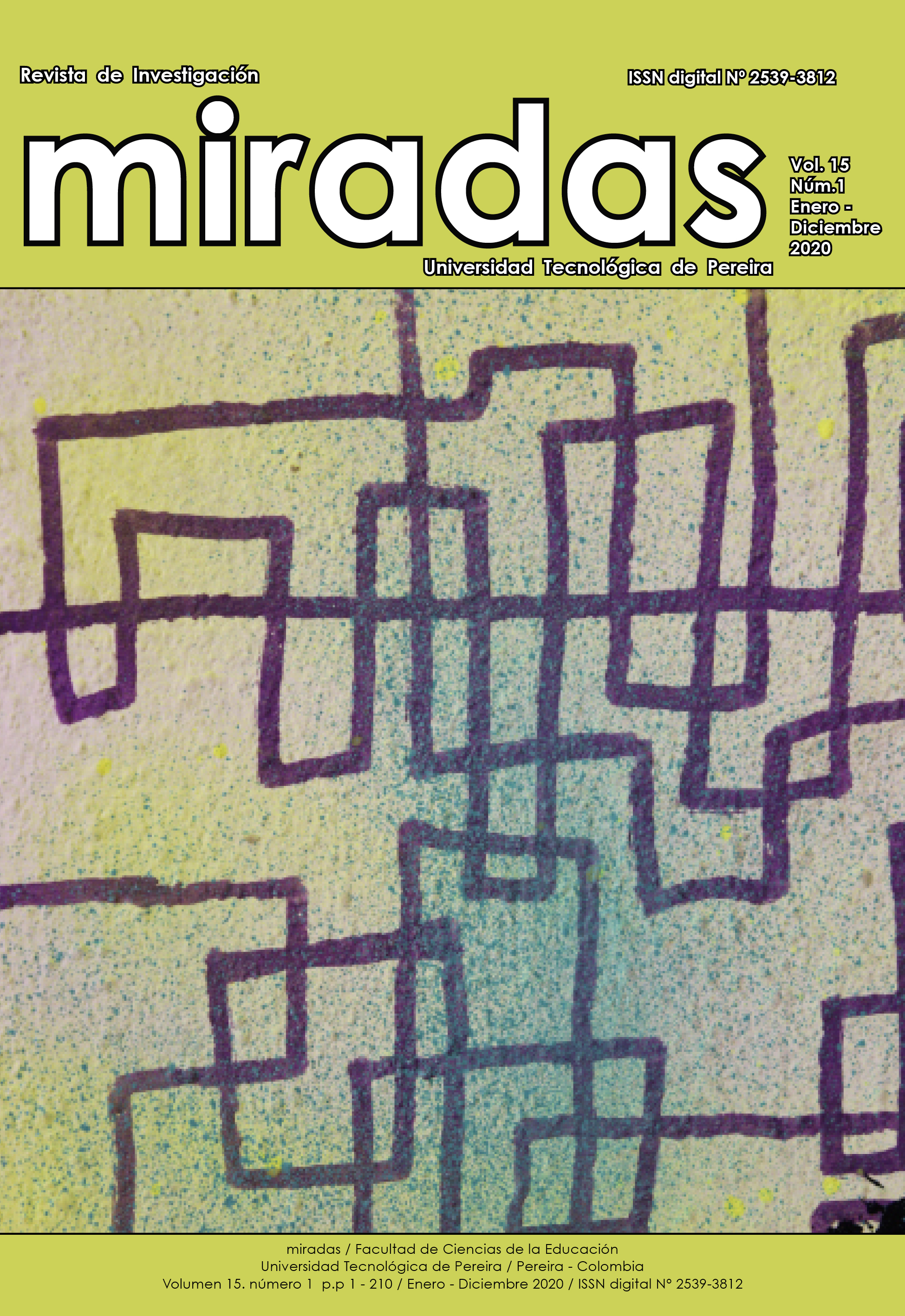The importance of environmental education in basic and high school students in three public educational institutions in el Espinal (Tolima)
DOI:
https://doi.org/10.22517/25393812.24473Abstract
This reflection article analyzes the importance of Environmental Education for elementary and middle school students in three public educational institutions in El Espinal (Tolima), the role and role it plays in their personal and academic life, understanding the intervention that this education can carry out in the construction and social transformation from the teaching of values for a good relationship with the environment, creating habits and behaviors that allow improving the conflicts and environmental problems present in today’s society and educating to protect, care for and preserve natural resources for present and future generations. This analysis was carried out through the application of a survey to students in the ninth, tenth and eleventh grades.
It is found that environmental issues are assigned to the area of Natural Sciences, teachers do not have environmental training and there is no crosscutting of Environmental Education in the study plan and this is limited to the celebration of environmental dates in the academic calendar, for students, environmental and Environmental Education is important for their academic and personal life, presenting a commitment and interest.
Downloads
References
Alea, A. (2008). Breve historia de la educación ambiental: del conservacionismo hacia el desarrollo sostenible. Recuperado de: http://ftp.murciaeduca.es/programas_educativos/Nuevo1/RECesenred/historiaeducacionambiental.pdf
Blasco, J. Pérez, J. (2007). Metodologías de investigación en las ciencias de la actividad física y del deporte: ampliando horizontes. Recuperado de: https://rua.ua.es/dspace/bitstream/10045/12270/1/blasco.pdf
Carrasco, M. (1994). Dimensión ambiental y proceso educativo: unas propuestas y propósitos ambientales. Serie de documentos especiales. MEN. Seminario internacional. La dimensión ambiental y la escuela, 97-119.
Flórez Espinosa, G.M, Pino Perdono, F.M, Velásquez Sarria, J.A., & Gálvez Cubides D.J. (2019). Caracterización de concepciones de educación ambiental en estudiantes de últimos semestres de Licenciatura en Educación Básica con Énfasis en Ciencias Naturales y Educación Ambiental de tres universidades de Colombia. Ibagué: Universidad del Tolima.
Hernández, R., Fernández, C. y Baptista, P. (2014). Metodología de la investigación (6ª ed.). México: McGrwall Hill Education.
Hernández, R., Méndez, S. y Mendoza, C. (2014). Capítulo 1. En Metodología de la investigación, página web de Online Learning Center. Consultado en la red mundial el 29 de abril de 2015
Ministerio de Ambiente y Desarrollo Sostenible. (2014). Código Nacional de Recursos Naturales Renovables y de Protección al Medio Ambiente. Decreto ley 2811 de 1974. Bogotá D.C.
Ministerio de Educación Nacional. (1994). Decreto 1743. Bogotá D.C.
Ministerio de Educación Nacional. (1994). Decreto 1860 de 1994. Bogotá D.C.
Novo M. (1998).Educación ambiental. Base ética, conceptual y metodológica. Artículo citado en http://www.ehu.es/cdsea/web/revista/numero_1/01_03macedo.pdf
Sauvé, L. (2010). Educación científica y educación ambiental. Un cruce fecundo. Universidad Du Quepbec & Montreal
Sepúlveda Gallego, L.h (2007) Proyectos Ambientales Escolares de Manizales. Revista Luna Azul, 24, 15-22
Vargas, C. & Estupiñán, M. (2012). Estrategias para la Educación Ambiental con escolares pobladores del páramo Rabana (Boyaca). Luna Azul.Julián Enrique Barrero García
Downloads
-
Vistas(Views): 1658
- PDF (Español (España)) Descargas(Downloads): 3288



